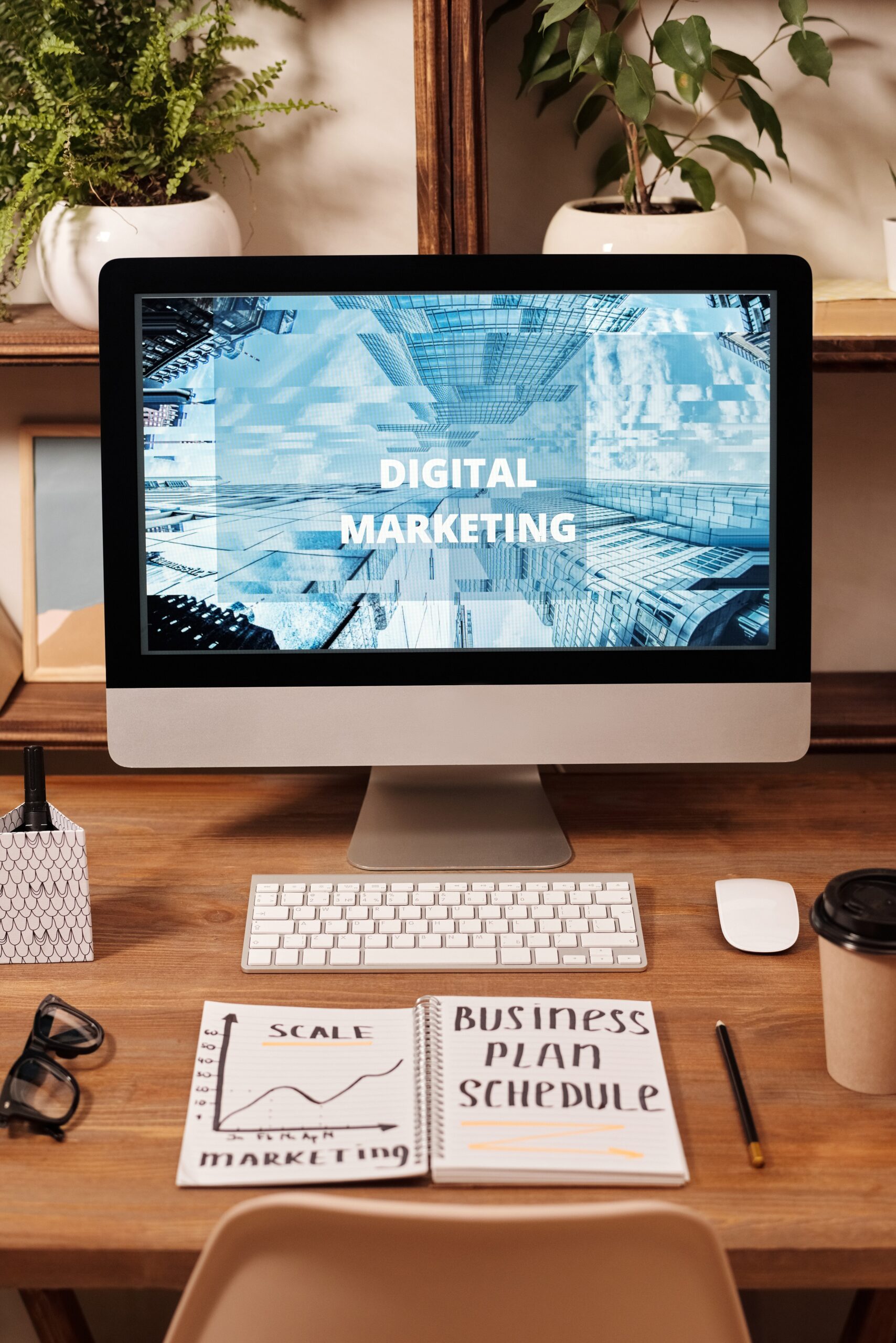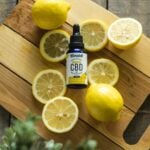But first, let’s define B2B software marketing. B2B software marketing—what’s the difference?
First, a B2B/B2C refresher. This signifies a firm (your audience) wants to acquire your product to solve a business problem. Your solution addresses a business’s employee or team’s issue. Salesforce for CRM.
In the life sciences, an electronic trial master file (eTMF) helps organize, gather, store, track, and archive clinical trial documents.
Consider:
What sets apart B2B software marketing? To address this, consider the buyer’s perspective:
Business program buying differ from machinery buying.
Software as a product (or, more accurately, software-as-a-service (SaaS), as most program solutions are licensed and supplied this way) has many different properties. Manufacturing machines are purchased and used.
Software:
Trial
Tiers with distinct features
Monthly or yearly subscription
Website/app login credentials
These considerations qualify buying and using B2B programs from buying and using a physical machine, which affects selling.
Software sales are harder.
A machine you can see, touch, and justify instantly, especially if it replaces something damaged or outmoded.
Users can make program invisible. Niche solutions are tougher to sell. Nobody likes change. However, a wider solution makes it tougher to compete.
B2B software marketing?
It can be difficult, but with these four key strategies, you can boost brand, break through the noise, and satisfy your target audience.
B2B Software Marketing Basics
Informative Content
Email as Conversation
Organic Social Reach Niche Audiences with Digital Advertising: 80-20 Rule
Share
Informative Content
A common error:
Focusing all your online material on your software’s awesomeness.
Understand.
Your website’s major pages should describe your product, who it helps, and why it’s better than the competitors. However, you’ll need more to attract today’s buyers. Consider this wooing process a career advancement. You’d seem stuck on yourself if you solely talked about your virtues, right? “Geez, this individual only talks about themselves!” your employer would say. However, you’ll become vital if you become the most helpful person at work, solving everyone’s issues (including the boss’s).
Your blog, whitepaper, video, and social posts are the same. Most of them should fix your buyer’s problem. B2B software marketing should help, not promote.
Consider altitude.
Almost none of our articles promote our agency. Most provide useful knowledge in our field. Content raises interest and trust. We then make our “call us” button easy to find if someone wants more of our knowledge.
Email as Conversation
After their website and blog, 75% of B2B marketers use email newsletters to distribute content.
Why?
They work if done right. Emails remind buyers of your program. Email selling is art. Like point #1, too many sales-focused emails will turn off your buyer. Recalling our B2B vs. B2C chart, you’re always selling to a person. No mystery business. Talk to buyers like genuine individuals because they are. All B2B software marketing emails can be conversational:
Why should your recipient open your email?
Your intro email text—how will it help the reader?
How are you engaging potential buyers using polls and videos?
Organic Social Media: 80/20
Repeating:
Your B2B software company needs social media! Only where your customers are. Most professionals—your buyers—use LinkedIn. Facebook and Instagram may work for your industry. TikTok remains undecided. These social media platforms let you engage with customers, grow an audience, and share brand information. Buyers interact with content, share them, and naturally build your business. How can B2B software marketing start this connection?
For audience engagement, employ the 80/20 rule while posting. 80% of your material should be instructive, solution-focused, and engaging. Only 20% of the material should sell your SaaS brand.
Digital Selling Targets Niche Audiences
Digital advertising in this blog means two things:
Paid social
Google AdWords
Paid social lets you target vital messages precisely. You’re demographic targeting the people you want to utilize your program (though they may not be actively looking for a solution yet). Use buyer personas to target your ad to program buyers.
LinkedIn is a good place to start paid social:
82% of marketers are most successful here. Google advertisements can enhance demographic channels like LinkedIn to reach your intended audience. Behavioral targeting puts your message in front of those actively searching for your product.
A good combination of paid ads to (1) people seeking a solution like yours and (2) the specific people who would benefit from your solution will help you reach buyers at various touch points and enhance growth.
Conclusion: Software Buyers Need Today’s Tactics
These four business tools will help you sell and retain software customers, even as it gets harder. Connection? B2B software marketing requires more information delivered in a friendly, helpful manner.







